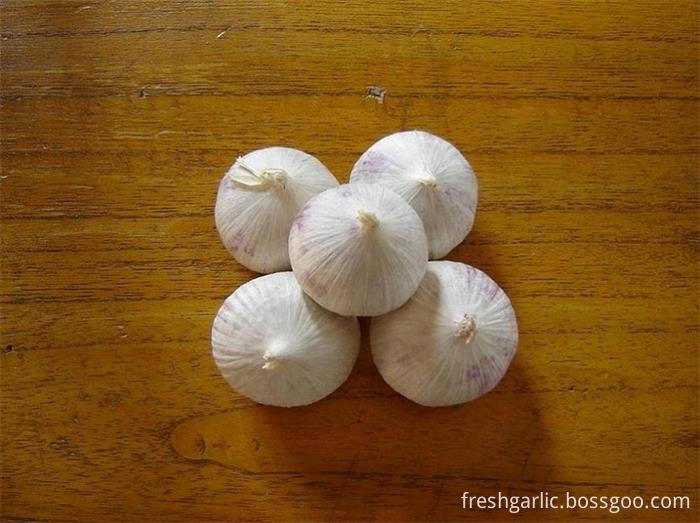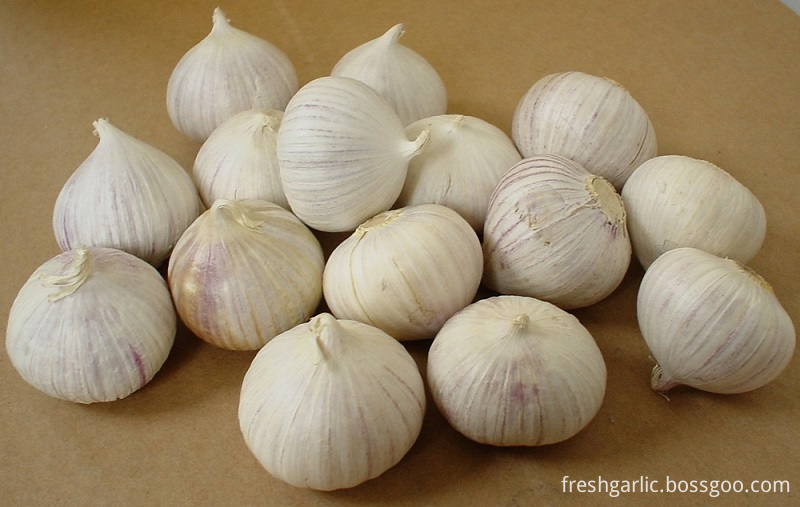Fertilizer is a pollution-free new-type composite biological fertilizer developed through scientific formulation and combination processing. Fertilizer application should pay attention to the following aspects:
In accordance with local conditions, high-sulphur soil and rust paddy fields should not be used for biological bacterial fertilizers, because sulfur can kill biological bacteria. For flooded paddy fields, it is generally not applied, and the spray method is more effective.
The optimum temperature for the application of bacterial fertilizer due to temperature is 25 °C ~ 37 °C, lower than 5 °C, higher than 45 °C, the application effect is poor. It is not suitable for crop fields under high temperature, low temperature and drought conditions. At the same time, it should also be understood that the water content of the most suitable soil for Azotobacter is 60% to 70%.
Due to mixing, care should be taken that the bacterial fertilizer should not be mixed with fungicides, insecticides, herbicides and sulfur-containing fertilizers (such as potassium sulfate, etc.) and straw ash, because these drugs and fertilizers are very easy to kill biological bacteria. . Or apply the fungicide first, after 48 hours, then weeding and weeding. If seed dressing, do not mix with seeds that have been mixed with fungicide. It should also prevent the mixing of manure with uncooked farmyard fertilizers.
Due to quantity adjustment, fertilizers and organic fertilizers cannot be greatly reduced when applying biofertilizer to fields where fertilizers are used for many years. Because crops have a dependence on chemical fertilizers, replacing nitrogen fertilizers with biological bacterial fertilizers cannot be adapted at one go. The amount of substitution should be replaced by 30%, 40%, and 60% in the first, second, and third years, respectively. Phosphorus and potash can only make up for it and cannot be reduced.
The time-adjustable biological bacterial fertilizer is not a fast-acting fertilizer, and it is best applied in the critical period of nutrition of the crop and the 7-10 days before the large amount of nutrient absorption period.
The Single Clove Garlic (also called Solo Garlic) is produced in the high mountain area of Yunnan Province in China, it is grown with organic fertilizers without chemical pollution. The harvest time is February to March each year. Solo garlic's price is higher than regular multi-clove garlic.
1. Commodity name: Single clove garlic
2. Feature: purple and white in color, good-looking appearance, unique flavour, strong fragrant taste compared with regular multi-clove garlic.
3. Origin: Yunnan province of China
4. Size: 2.5-3.0cm, 3.0-3.5cm, 3.5cm and up
5. Packing:
a) prepack: 250g/bag or basket, 10kgs/carton;
b) Loose packing: 10kgs/carton, 10kgs/mesh bag
c) packed according to clients` requirements.
6. Supply period: all the year round
a) Fresh season: early March to July
b) Cold storaged season: early August to the next February
7. Transporting and storing temperature: -3°C--+2°C
8. Shelf life: stored for up to 12 months in the proper conditions



Solo Garlic
Solo Garlic,Fresh Solo Garlic,White Solo Garlic,Natural Solo Garlic
JINING FORICH FRUITS & VEGETABLES CO., LTD. , https://www.forichgarlic.com